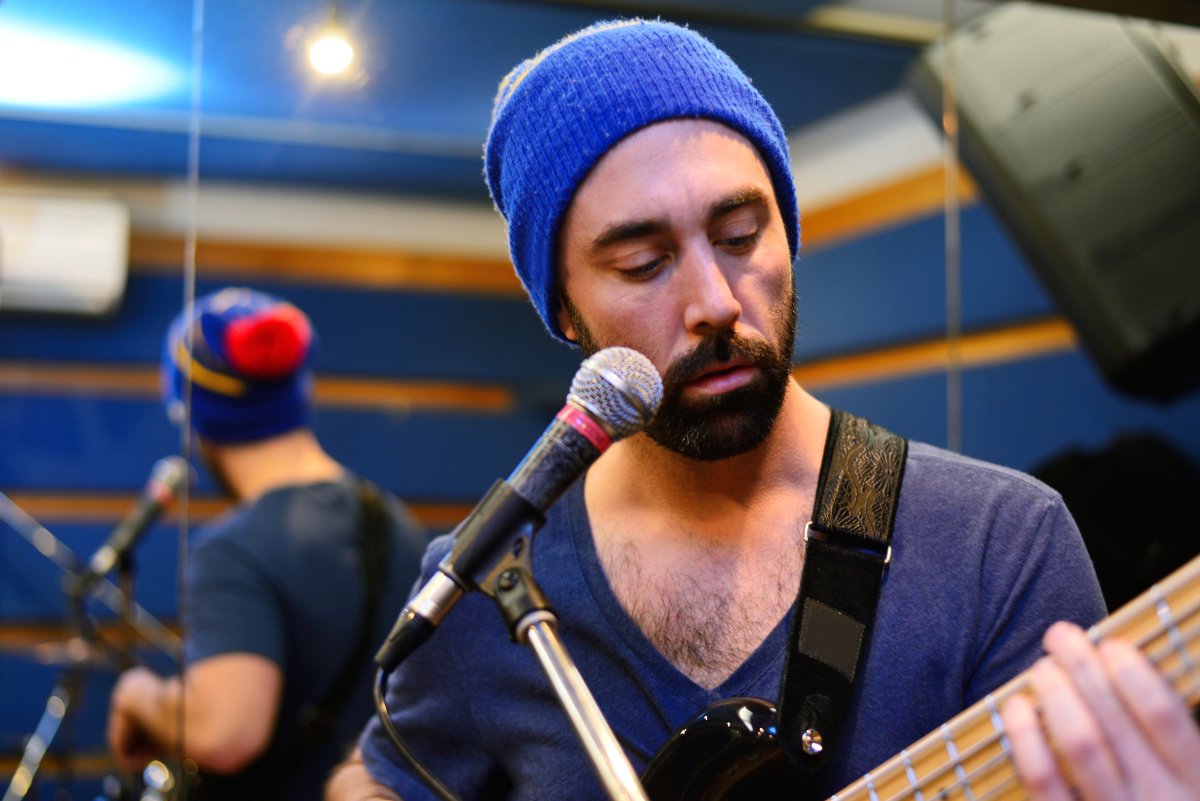Music fans have strong feelings about facial hair. Last year, Alex Turner, lead vocalist of the Arctic Monkeys, sprouted a beard for the first time and it didn’t take long for a super fan to start a petition imploring him to buzz it off.

Eabha Lynn, the campaign’s organizer, writes: “Genetics gave him many opportunities in this life, an iconic signing voice, facial structure that could cut a man. They did not, however, give him the opportunity to look good with a beard. Or even to properly grow one.”
Lynn goes on to express concern about what Turner’s ginger-tinged facial fuzz could mean for the band’s summer tour: “If this beard keeps growing, will…fans even be able to hear that voice from behind the beard?”
In an interview with German publication Intro, Turner says, “It’s really crazy that people are so interested in hairstyles and stuff.”
“Nobody’s going to forget you.”
In partnership with Wahl, we argue that it’s not so crazy at all. Facial hair can define a musician’s look and become an intrinsic part of his identity, and that’s not something most musicians take lightly.
“Projecting an image to the world is a very carefully thought out thing, or at least it should be,” Alan Cross says, a music writer and host of the radio show, Ongoing History of New Music.
“When you’re dealing with facial hair or any kind of fashion, you’re looking to make some kind of statement about yourself—about who you are, what your music is about and maybe the kinds of fans you wish to attract.”
“You want to have some sort of distinctive image that’s a calling card for you, that makes you stand out amongst everybody else,” Cross says.
“If you can find the perfect hairstyle and style of facial hair, nobody’s going to forget you.”
It’s no surprise then that Billy Gibbons and Dusty Hill of ZZ Top were offered $1 million by Gillette to shave their beards in 1984. They refused, however.
“No dice,” Gibbons told Brave Words. “The prospect of seeing oneself in the mirror clean-shaven is too close to a Vincent Price film … a prospect not to be contemplated, no matter the compensation.”
The folk explosion, classic rock and MTV
Musicians’ facial hair has been a topic of conversation since it started showing up during the folk explosion of the 1950s; before that, musicians were expected to be clean-cut.
The hippie era was big for beards, in large part thanks to the Beatles, who started growing the hair on their heads and faces around the mid-1960s.
“The Beatles, with their long hair and full-on beards, were big trendsetters,” Cross says. “At one point, all of them had beards, which was considered to be a very dramatic thing simply because up to that point, all musicians had been clean-cut.”
Facial hair continued to be popular in the classic rock era, but the look was largely rejected by punks, who were against everything mainstream.
When MTV and MuchMusic hit the scene in the early ’80s, razors came out. “We began to have this gravitation towards really telegenic pop stars,” says Cross, adding that beards didn’t always look good on camera and performers wore makeup instead.
“That was a time when all of a sudden, image became just as important if not more important than your songs.”
Certain styles of facial hair have their own trajectories on the music scene, Cross points out.
For example, the soul patch, a small tuft of hair under the lower lip, showed up in jazz in the 1950s and ’60s. Later, it became popular with the beatniks, disappearing for a while before being brought back by Frank Zappa and Stevie Ray Vaughan. Some grunge bands also adopted the look.
Despite the recent beard craze, Cross doesn’t see any big trends in facial hair among musicians. “Now it’s a matter of personal choice and style,” he says.
But one thing hasn’t changed: the passion fans feel for the fuzz on the faces of their idols.
Just look at Drake. When he grew his legendary luscious beard, fans started Twitter accounts to document its greatness. But when he debuted his clean-shaven look on Saturday Night Live in 2016, there was a social media outcry.
“Drake shaving off his beard sans public consultation is damn rude,” one fan tweeted.
Thankfully, the beard returned and is forever immortalized on the cover of his new album, Scorpion.
Don’t upset your personal fan base and keep your facial hair well-groomed. Learn how Wahl can help you rock a stache like Freddy Mercury here.




